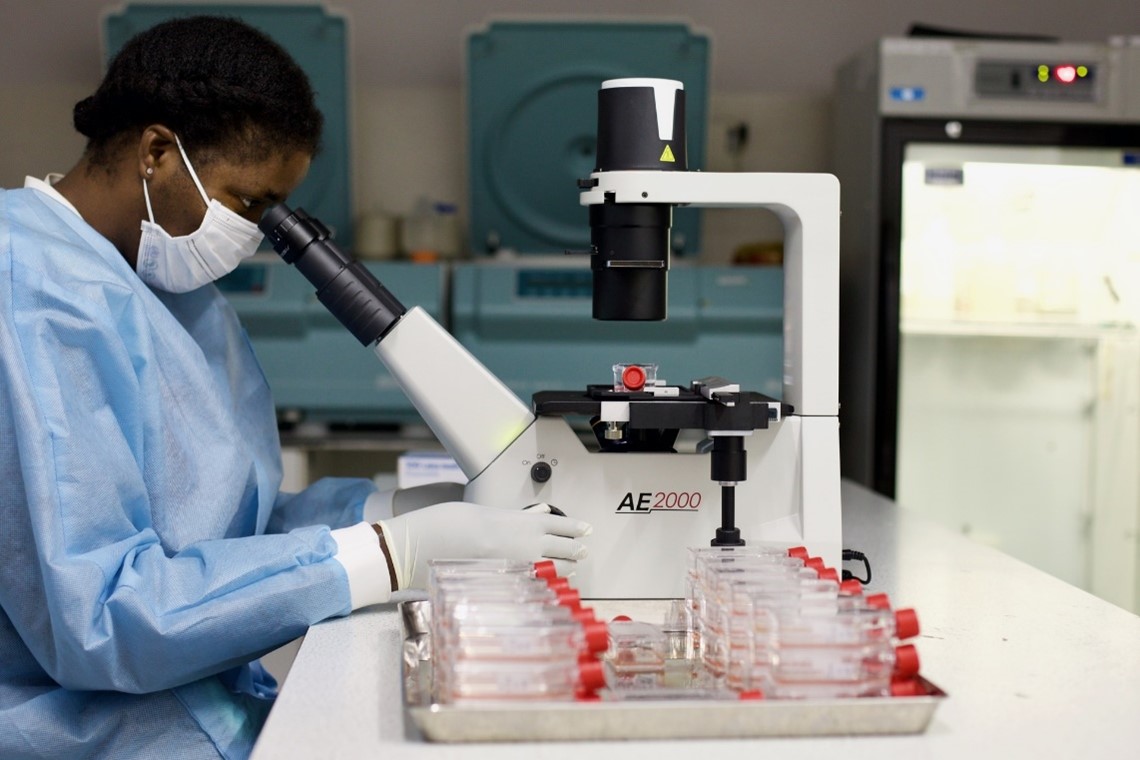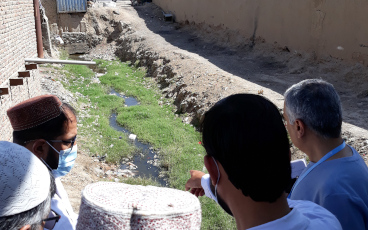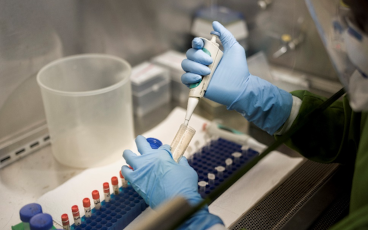
WHO/Leilia Dore
In September 2015, the Global Commission for the Certification of Poliomyelitis Eradication (GCC) declared that wild poliovirus type 2 has been eradicated. However, the virus still exists in laboratories and vaccine manufacturing facilities around the world. The GCC explains the importance of containing poliovirus safely and securely in a recent article in Science magazine.
All countries should now destroy or safely and securely contain poliovirus type 2 so that it is not released to again cause paralysis or death. To do this, laboratories and vaccine manufacturing facilities need to implement the measures outlined in the WHO Global Action Plan (GAPIII) for poliovirus containment, endorsed by ministries of health in all 194 WHO Member States at the World Health Assembly in May 2015.
A lesson regarding the need for appropriate containment is the 1978 release of the then eradicated smallpox virus from a laboratory in the United Kingdom, resulting in a person dying from the disease. This triggered countries to further reduce the number of facilities retaining smallpox virus to the two official repositories that remain today.
The Global Polio Eradication Initiative is working with countries to limit the number of facilities retaining polioviruses to the minimum necessary to perform international functions, such as vaccine production and critical biomedical research.



